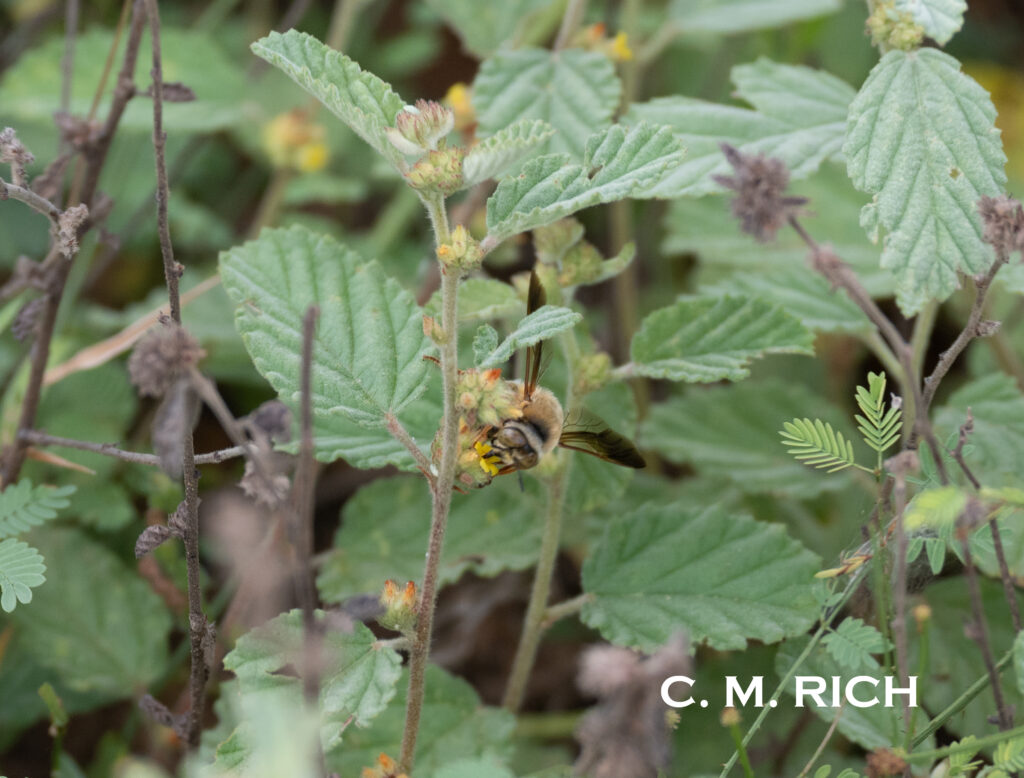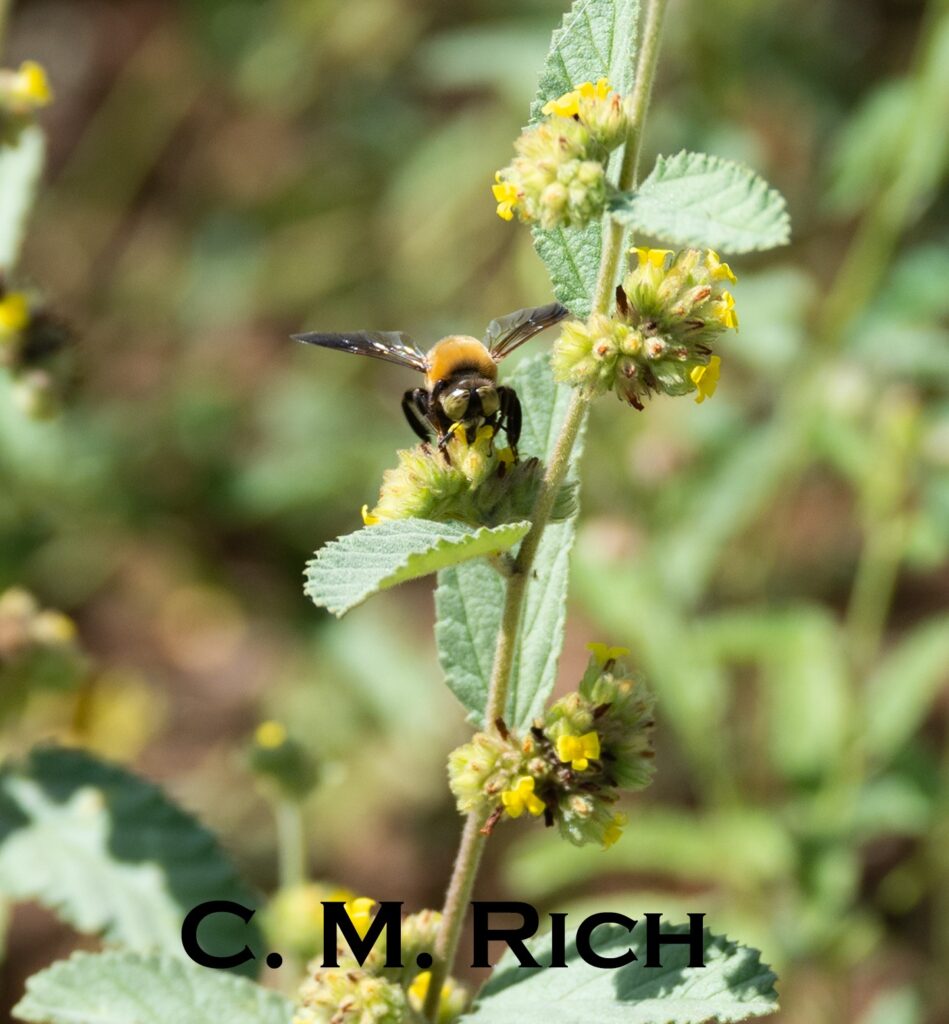August 6, 2021
After capturing this cool, little bat twice now on trail cam video, I was curious to learn a little more about bats in the state of Texas. Consequently, I began a basic fact-finding mission by checking the Texas Parks & Wildlife (TPWD) Website for bat information. I was able to locate the TPWD Bat Webpage at the following web address:
https://tpwd.texas.gov/education/resources/texas-junior-naturalists/bats
After reading through the information on this TPWD webpage, along with navigating through and reading information contained in some of the articles that were included in the links on the TPWD Bat Webpage, I learned some really interesting, helpful things about bats. They are as follows:
- Texas is home to 32 of the 47 species that live in the United States of America.
- The largest known colony of bats in the world is Bracken Cave Preserve near San Antonio, Texas.
- The largest urban bat colony in the United States can be found in Austin, Texas, at the Congress Avenue Bridge.
- Bats need drinking water sources that are clean and easy to access—meaning no obstructions that would make it difficult for them to fly in and drink water.
- Bats are protected by the state of Texas. This state protection for bats includes both urban and natural habitats.
- Most bats do not have rabies. However, we should avoid activities where we could get bitten. Safety for us and for the bats! A win-win.
- Mexican free-tailed bats are found to be the most common bat found throughout Texas.
- The Texas State Legislature named the Mexican free-tailed bat as the “state flying mammal” in 1995.
- Mexican free-tailed bats are migratory, and they spend their winters in Mexico.
- Mexican free-tailed bats can fly up to 100 miles, round trip, in just one ((1) evening in search of food.
- Mexican free-tailed bats are great for insect control for both humans and agricultural crops, because they can eat up to two-thirds of their body weight in insects each night!

Thank you for visiting the El Mesteño Ranch website!
Please stay tuned for more incredible bat footage as I keep a good thought (and fingers crossed) that this little bat—and many, many more of its friends—become regular vistors at the water’s edge!
SOURCE:
Texas Parks & Wildlife Bat Webpage: “The Crowded Skies on Texas Summer Nights,” A Year in the Life of a Mexican Free-tailed Bat,” and “Bat-Watching Sites in Texas.”



